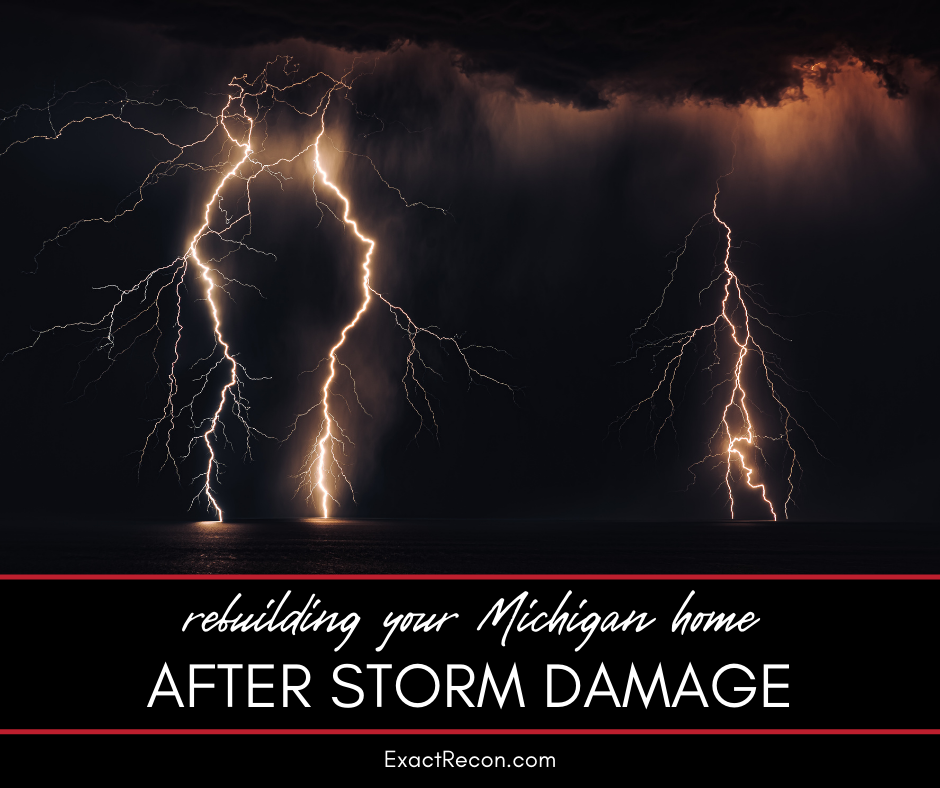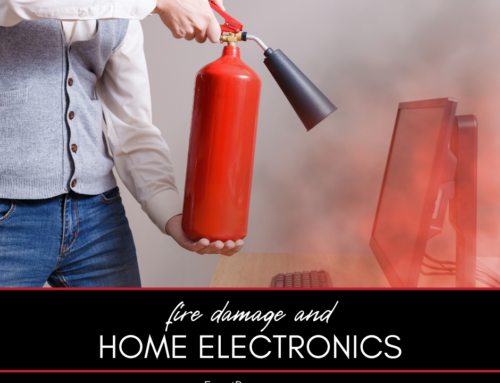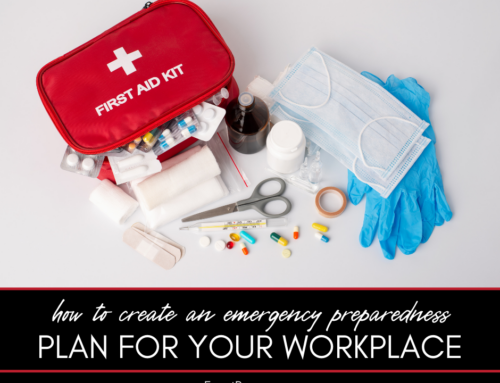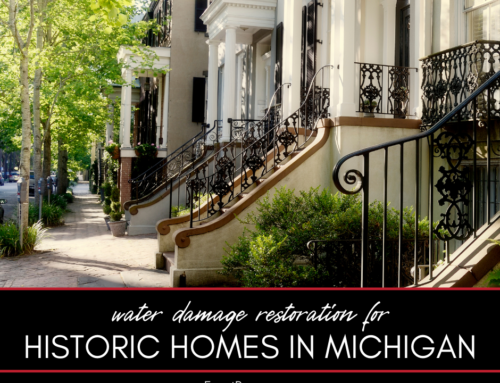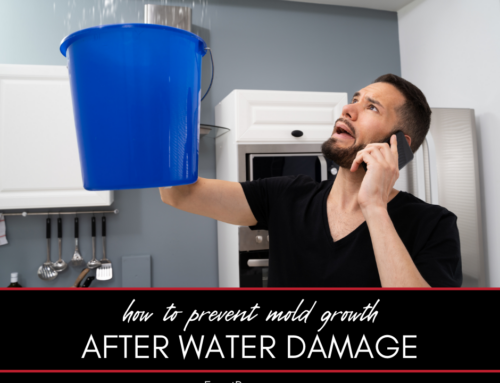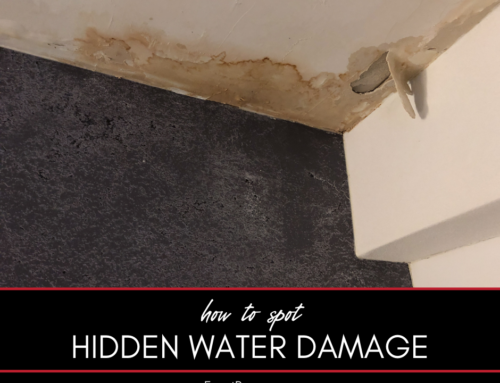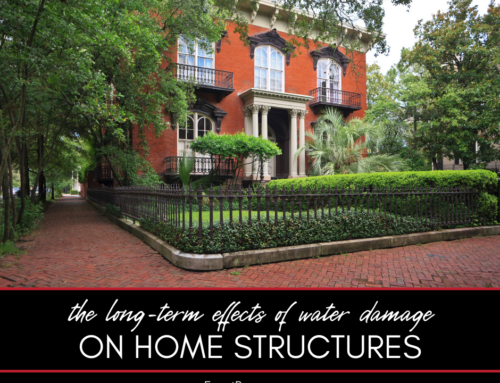Living in Michigan, we all know storms can leave a trail of destruction in their wake. What’s often not as clear, however, is the path to rebuilding and restoring our homes after significant storm damage. If your home has been damaged in a storm, don’t worry. Exact Recon’s team is here to help guide you through the process of rebuilding and get you back on your feet.
Rebuilding Your Michigan Home After Storm Damage: Everything You Need to Know
This guide explains the following:
- Assessing the damage
- Working with your insurance company
- Hiring a professional restoration company
- Rebuilding your home
- Preparing for future storms
Here’s a closer look at each.
Assessing the Damage
After the storm subsides, you’ll need to carefully assess the extent of the damage. This process should involve both a visual inspection and professional consultation to fully understand the impact on your home’s structure and safety.
Related: Why DIY mold remediation can be dangerous
Working With Your Insurance Company
The next step is to file a claim with your insurance company. They’ll guide you through their specific process, but it’s crucial to document the damage with photos and keep a detailed record of any repairs or clean-up you undertake. If you work with a storm damage repair company, you may be able to rely on them to deal with your insurance company for you.
Hiring a Professional Restoration Company
Restoration companies have the skills and equipment to handle the aftermath of a storm. They can remove water, dry out your home, prevent mold growth, and even rebuild damaged sections of your home. It’s best to hire a company that’s familiar with the type of damage common in Michigan storms.
Rebuilding Your Home
The rebuilding process will vary depending on the extent of the damage. This could range from replacing a few roof shingles to a complete home reconstruction. Your restoration company will work with you to plan and carry out the rebuilding process. Storm damage can be very severe in Michigan, so a lot is riding on how badly your home has weathered the storm.
Related: What to do when your home is damaged by fire
Preparing for Future Storms
After you’ve rebuilt your home, it’s a good idea to take steps to protect it against future storms. This could include strengthening your roof, windows, and doors, or even investing in a home generator.
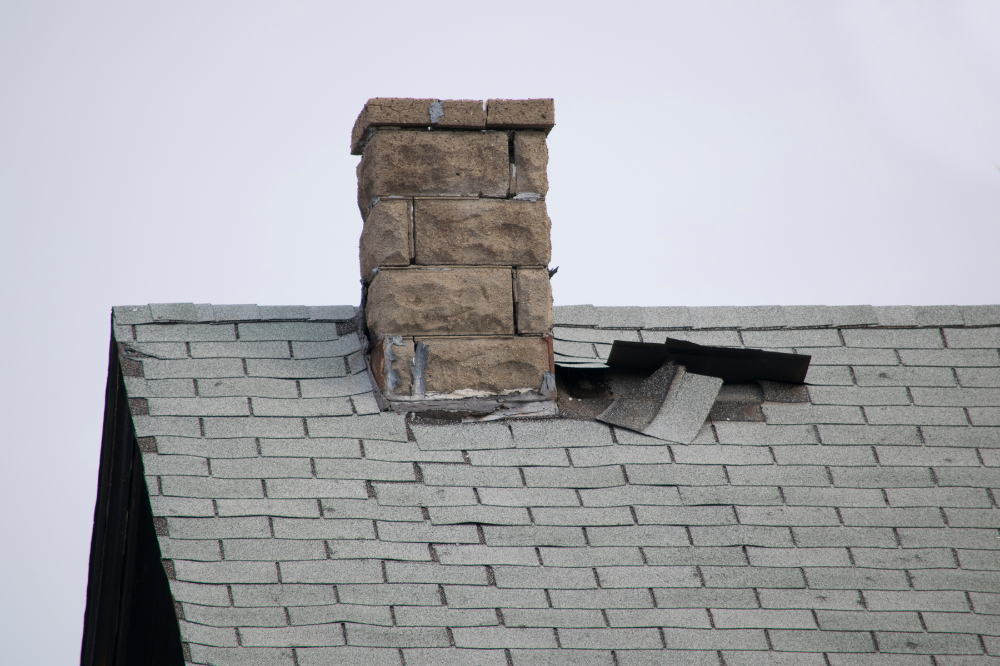
FAQ About Rebuilding After Storm Damage
Check out these commonly asked questions about rebuilding after storm damage. If you don’t see the answers here, please call our office and we’ll get you the information you need.
Q: How soon after the storm can I start rebuilding?
A: It’s essential to start the rebuilding process as soon as it’s safe to do so. However, you should always ensure the storm has completely passed and local authorities have given the all-clear.
Related: What kinds of mold can grow in a home?
Q: Do I need to move out during the restoration process?
A: Depending on the severity of the damage, you may need to find temporary accommodation. In some cases, it’s possible to live in your home during restoration, but safety should always be your primary concern.
Q: What if I can’t afford the cost of restoration?
A: Most homeowners insurance policies cover storm damage. If you’re unsure about what your policy covers, contact your provider for detailed information. You may also be eligible for federal disaster assistance in the event of a severe storm.
Q: How long does it take to rebuild a home after storm damage?
A: The timeline for rebuilding depends on the extent of the damage, availability of materials, and other factors. A professional restoration company can provide an estimate after assessing your home.
Related: How quickly do you have to treat mold in your home?
Q: How can I protect my home from future storms?
A: There are several ways to fortify your home against future storms, such as installing a reinforced roof, impact-resistant windows, and proper drainage systems. Your restoration company can provide tailored recommendations based on your home’s specific needs.
After the storm, the road to recovery may seem long, but with the right information and support, you’ll see your Michigan home restored to its former glory, ready to face the next storm. We’re here to help, providing the expertise and care your home deserves every step of the way.
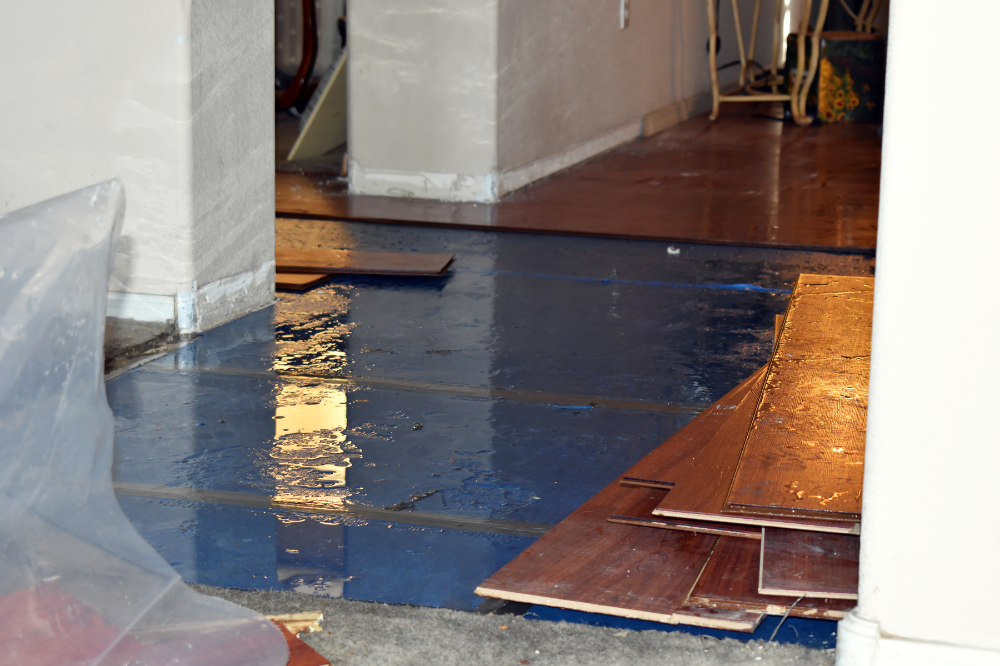
What Kind of Damage Can a Storm Do to a Home?
Storms, whether they’re thunderstorms, hurricanes, tornadoes, or winter storms, can cause a wide range of damage to your home. The severity of the damage typically depends on the intensity of the storm and your home’s construction and location.
- Roof Damage: This is one of the most common types of storm damage. High winds, falling trees, and flying debris can cause significant damage to your roof. This damage may include torn or missing shingles, holes, or even structural damage in severe cases.
- Window and Door Damage: Windows and doors are vulnerable to high winds and flying debris. They can be shattered or damaged, allowing rain and wind into your home, causing further damage.
- Structural Damage: In extreme cases, such as during tornadoes or hurricanes, a storm can cause severe structural damage. This can include damage to walls, the roof, or even the foundation of your home.
- Water Damage: Heavy rain or flooding can lead to water seeping into your home, leading to water damage. This can ruin carpets, furniture, and electronics, and if not addressed quickly, can lead to the growth of mold.
- Electrical Damage: Storms can cause power surges that can damage electrical systems and appliances in your home. They can also lead to downed power lines, posing a significant safety hazard.
- Landscape Damage: Storms can also cause significant damage to your yard, including uprooted trees, torn up gardens, and scattered debris that can be costly and time-consuming to clean up.
Remember, after a storm, it’s essential to assess the damage as soon as it’s safe to do so. If you’re unsure about the extent of the damage, it’s always a good idea to call in a professional to ensure your home is safe and to begin the repair process promptly.
Related: How to minimize fire and smoke damage’s impacts on your health
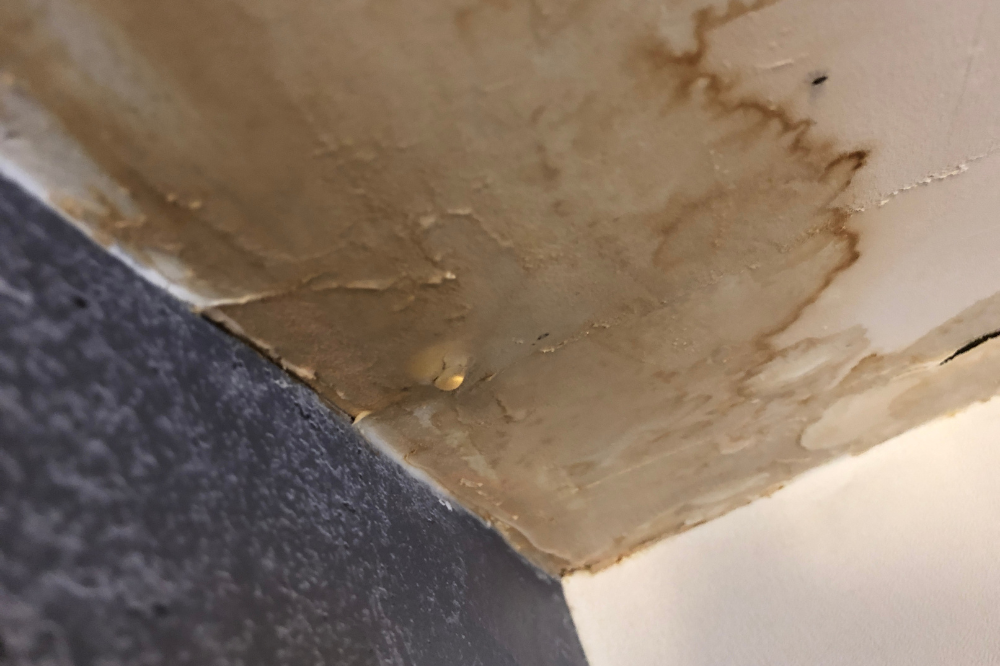
Fixing Water Damage After a Michigan Storm
When storms hit Michigan, one of the most common types of damage homeowners face is water-related. Ranging from leaks to full-blown flooding, the impact can be significant and, if not handled promptly, could lead to even more serious issues like structural damage or mold growth.
Assessing the Damage
After ensuring it’s safe to reenter your property, the first step is to evaluate the extent of the water damage. Keep an eye out for signs of standing water, wet materials, and early indicators of mold or mildew. However, water damage isn’t always obvious to the untrained eye. That’s where we come in. Our team can conduct a thorough inspection to identify all areas of water damage – even those that aren’t immediately visible.
Related: What to expect during the water damage restoration process
Documenting the Damage
Before we start the restoration process, it’s crucial to document the damage. This step is vital for insurance purposes and allows us to develop an effective restoration plan. Our team will take care of this for you, ensuring all damage is accurately recorded.
Do You Need a Disaster Remediation Expert in Washtenaw County or Jackson County?
If your home has already been damaged, we can help. Check out our services and call Exact Recon for your free disaster remediation quote today. We offer:
- Water damage restoration
- Mold removal and remediation
- Fire and smoke restoration
- Sewer cleanup and disinfecting
- Reconstruction
- Wind and storm damage repair

